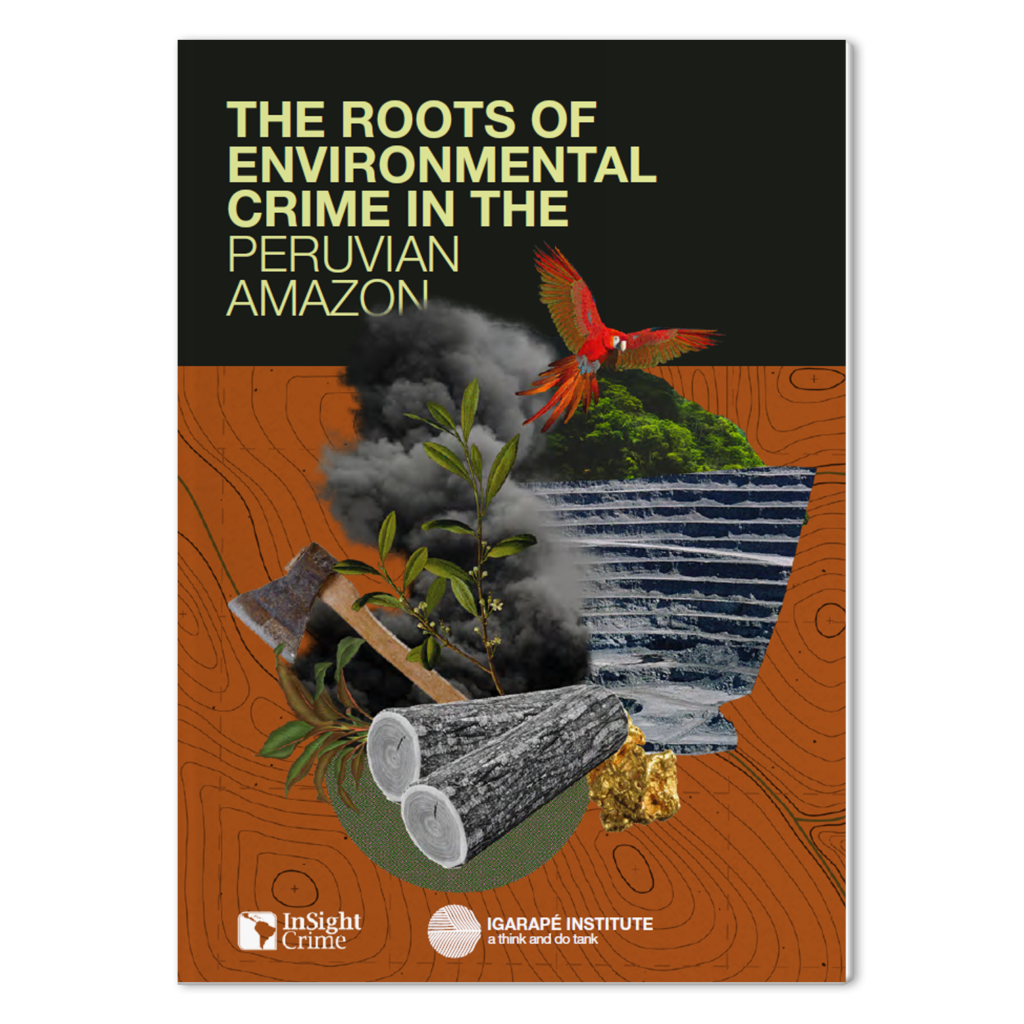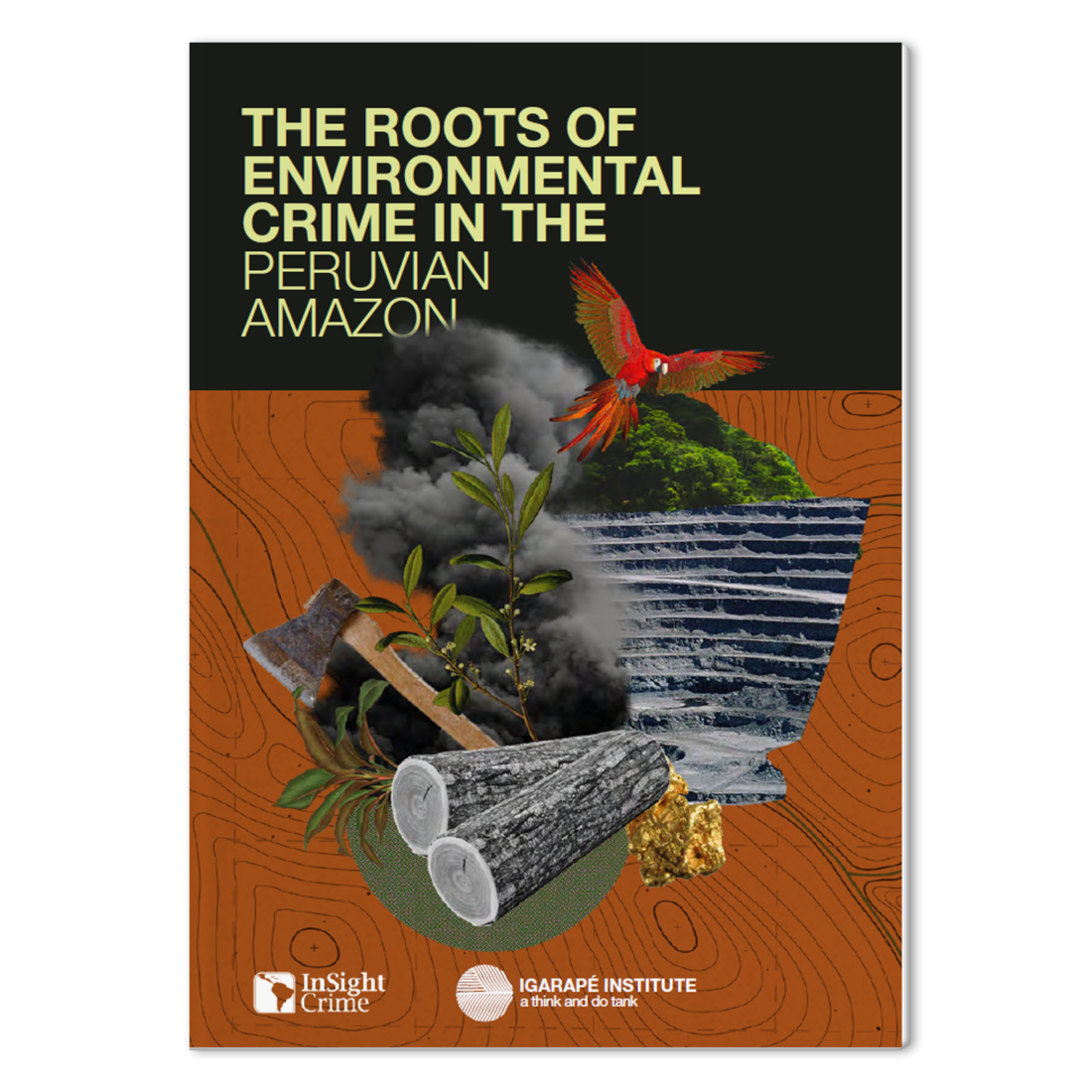The roots of environmental crime in the Peruvian Amazon

Peru’s 70 million hectares of rainforest are being razed at an alarming rate. In 2020, the country saw a record 203,000 hectares destroyed, a nearly 40 percent jump from 2019.
“The roots of environmental crime in the Peruvian Amazon” is the second in a series of joint investigations by InSight Crime and the Igarapé Institute to highlight how environmental crimes harm natural ecosystems and communities in the Amazon basin. The analysis is complemented by a data visualization developed by the Igarapé Institute: EcoCrime Data.
Peru is Latin America’s largest gold producer, and an estimated 28 percent of Peruvian gold is mined illegally. Soaring gold prices are driving an illegal gold rush, and a host of criminal actors are prospering.
Rated among the world’s ten most biodiverse countries, Peru is second, only to Colombia, in number and types of birds. It also ranks among the world’s top countries for its diversity of amphibians, mammals and plants, making it a hotspot for wildlife trafficking.
From unchecked agricultural expansion to the smuggling of animals, corruption greases the wheels of the environmental crimes driving the destruction of Peru’s Amazon forest. This joint investigation exposes these threats and the shadowy interactions between legal and illegal economic actors, which create additional challenges. The report also highlights the way these actors aggravate environmental degradation at a time of accelerating climate change and socio-political upheaval in Peru.
“Environmental crime is not just a national challenge. It is a regional one too. Many illegal extractive processes in Peru are intimately connected to environmental crimes across the rest of the Amazon basin. Environmental crime is part of a wider regional economy,” says Melina Risso, Director of Research of the Igarapé Institute.
“The Roots of Environmental Crime in the Peruvian Amazon” shows that collective action on the local, national, regional and even global levels is essential and possible. The study points to a number of solutions to the challenges of environmental crime, including an integrated approach involving law enforcement institutions, environmental regulatory authorities, non-profit organizations and especially local communities. Cooperation is critical to target the illegal actors at the highest levels who profit from the Amazon’s destruction. A narrow approach based on intelligence and law enforcement alone is insufficient.



